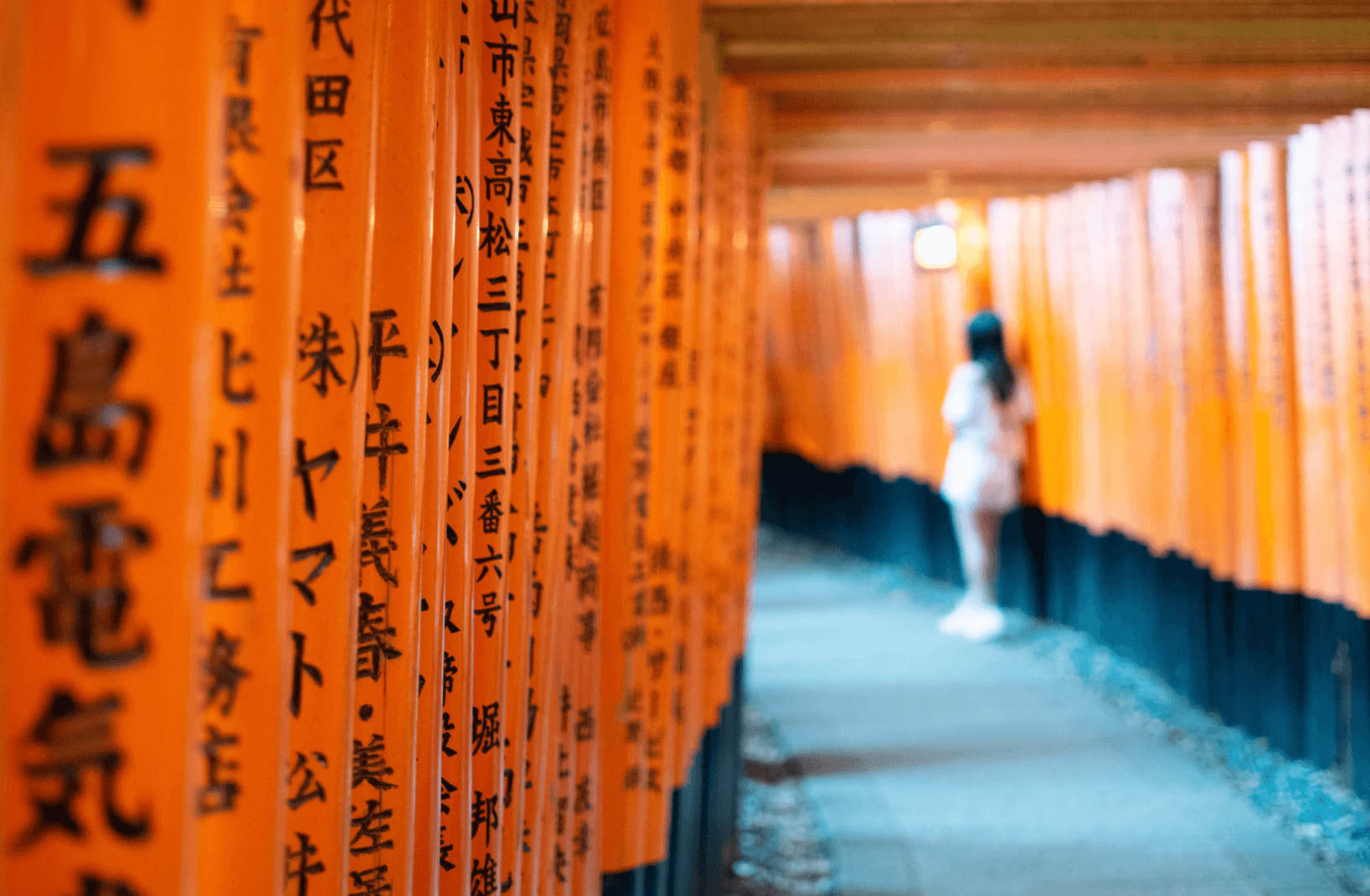It's difficult for Japanese people to read sentences in Hiragana

Naturally, Japanese people speak and write in Japanese and use the writing system.The Japanese writing systems are as follows: Hiragana, Katakana, Kanji and Romaji.
But if you write Japanese sentences in only Hiragana, it becomes a chore to read.
For example, if one writes Japanese sentences like this.
きょうわたしはあさおきてみずをのみぐーぐるあなりてぃくすをかくにんしてからえいごのべんきょうをしました。
While the sentence does make sense, it's rather difficult to read and takes time.
For example, if one were to write the same sentence using not only Hiragana, but also Katakana and Kanji:
今日私は朝起きて水を飲みグーグルアナリティクスを確認してから英語の勉強をしました。
(Today I woke up, drank some water, checked Google analytics then studied English)
This sentence can be read almost effortlessly, so it's clear why we need to use Kanji and Katakana.
Imagine an English sentence with no spaces, it's the very same feeling.
For example, if one wrote an English sentence like this:
HisnameisLukeandhehasadogwhosenameisBob.
Can you understand? You can most likely read it, but I bet you wouldn't like to read a whole paragraph like that.
But if I write the same sentence with spaces:
His name is Luke and he has a dog whose name is Bob.
I assume you can read them quickly. So you need spaces when you write English sentences.
From time to time, people who are from foreign countries ask Japanese people why they need Kanji.
Kanji helps create a pattern in Japanese text that makes it far more readable. So to some extent, Kanji and even the transition to Katakana can assist to help the reader know when the next word starts and the last one ends.
This article was written by Tsubasa and translated by Luke







